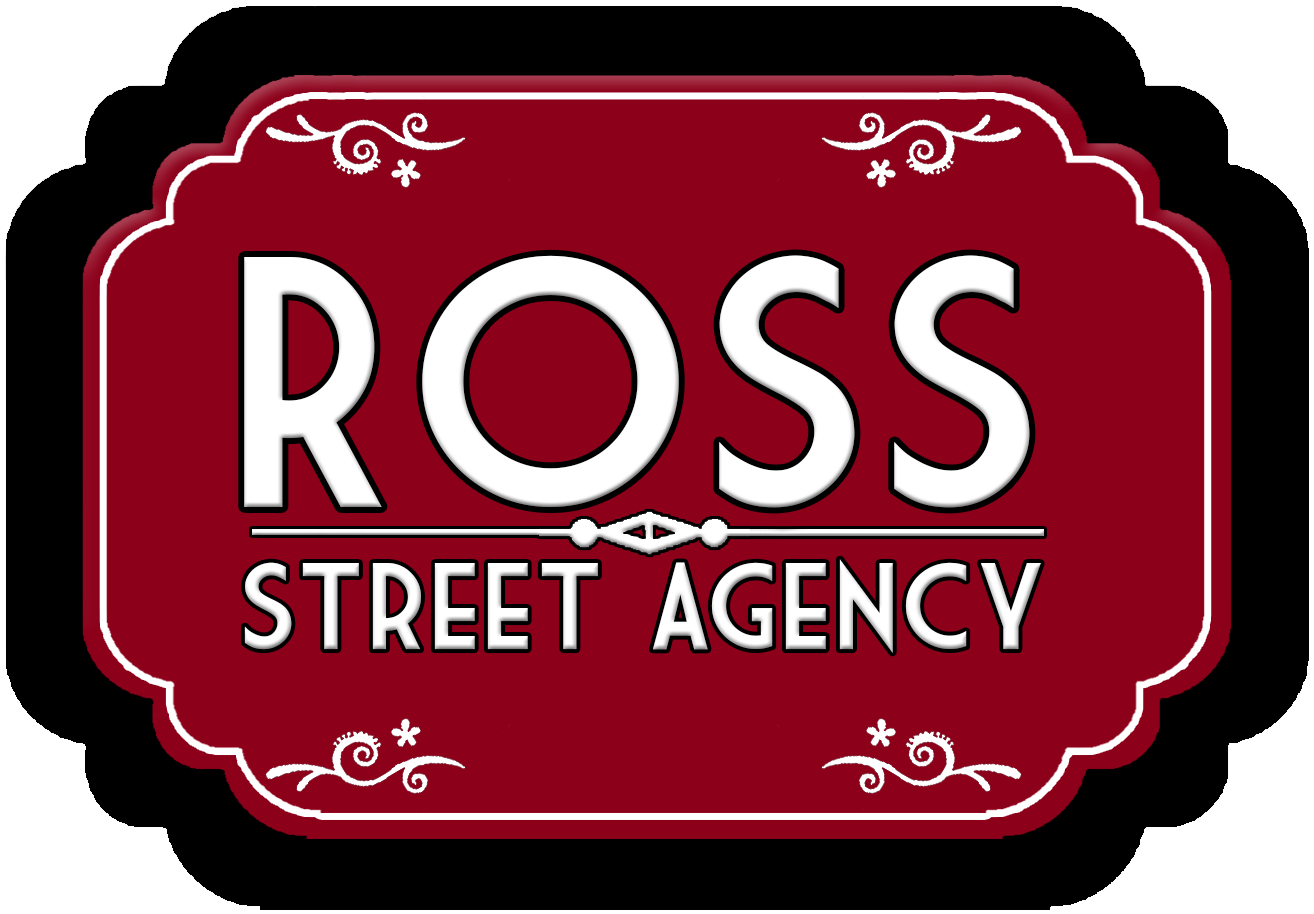 As the owner of a small virtual assistance business, I have learned that clear communications is critical to my businesses success. Communications is a two-way street: from me to my clients/potential clients and back. The nature of my business means that I do not always meet my clients in person. As a result, we often communicate on-line, which increases the chance of miscommunication. And, when there is a communication breakdown, costs are incurred. Not just financial; costs that can’t be measured easily, such as future business losses, hurt feelings, broken relationships and loss of time.
As the owner of a small virtual assistance business, I have learned that clear communications is critical to my businesses success. Communications is a two-way street: from me to my clients/potential clients and back. The nature of my business means that I do not always meet my clients in person. As a result, we often communicate on-line, which increases the chance of miscommunication. And, when there is a communication breakdown, costs are incurred. Not just financial; costs that can’t be measured easily, such as future business losses, hurt feelings, broken relationships and loss of time.
The bottom line drives how small and medium sized companies do business. However, there is no budget line to reflect the money lost from poorly run meetings, un-returned phone calls, or casually written emails that result in lost clients. These costs are hidden, but ultimately more damaging than a slow sales month. Workplaces that fail to recognize the importance of constructive and productive communication practices can tend to experience budget overruns, higher employee turnover, increased project failure, and higher litigation costs.
Start off on the right foot: Establish clear expectations
Companies put a lot of effort into designing job descriptions with lists of responsibilities. But, they often neglect to sit down with their staff/clients and create a work plan with clear objectives, timelines and expectations, and a schedule for follow up. Miscommunication can derail even the best projects if expectations are not clearly defined.
Make sure your business’s message is clear. Listen, ask questions, and seek clarification. Allow others to do the same. Do not make assumptions about your colleagues, your clients or your supervisors. Ask how they prefer to communicate. If they prefer a call vs. a text, or a professional letter over an email, adapt your work style to suit your clients needs.
Social Networking vs. Business Communications
Facebook, Twitter, SnapChat, and Google + are all social networking platforms. While they can be used for business communication, their environment is far more casual than formal. Communication is short, potentially out of context and is often opinion based.
MS Lync, Glip, HipChat, and Go to Meeting are online business communication platforms that enable internal team collaboration and communication. They use instant messaging, group chatting, and file sharing, which if implemented properly can improve business efficiencies and save both time and money.
Communication vs. miscommunication: Act like adults
Business owners often do not communicate well when faced with an uncomfortable situation such as missing or extending a deadline, ending a client’s contract, terminating staff, or cutting budget lines.
If you, or someone in your employ needs more time to complete a task, and have difficulty expressing your needs, the immediate and long term costs will pile up. Similarly, if you are unhappy with the work of one of your staff members, contractors, or clients, have a frank discussion with the person, indicate your concerns, listen to their views, and give constructive feedback. If no mutually agreeable resolution is possible, at least you have communicated your concerns in a clear and open manner.
When it comes to communicating in the workplace, it is best to keep it professional.
Who is Responsible?
Do not waste time on blame, assess what went wrong and recognize how you might have handled the situation better. If there is an opportunity to fix it, do so (apologize). If not, move on; but learn that lesson for next time.
Ways to Alleviate Communication Challenges
To ensure that both your company and your employees are communicating to the best of their abilities, implement workplace strategies that address potential communication challenges:
· Set clear rules. Emails must be composed in proper business writing format; instant messaging may only be used for internal communication.
· Do not make assumptions. If you are unclear what your employer or client expects from you, ask. Ask questions, repeat the instructions, and write them down.
· Learn /try new methods. If some employees in your company are more familiar with emerging technologies; let them use them. Experiment. Train some of your staff to use them. You may just find a good fit for some of your communication needs.

Recent Comments